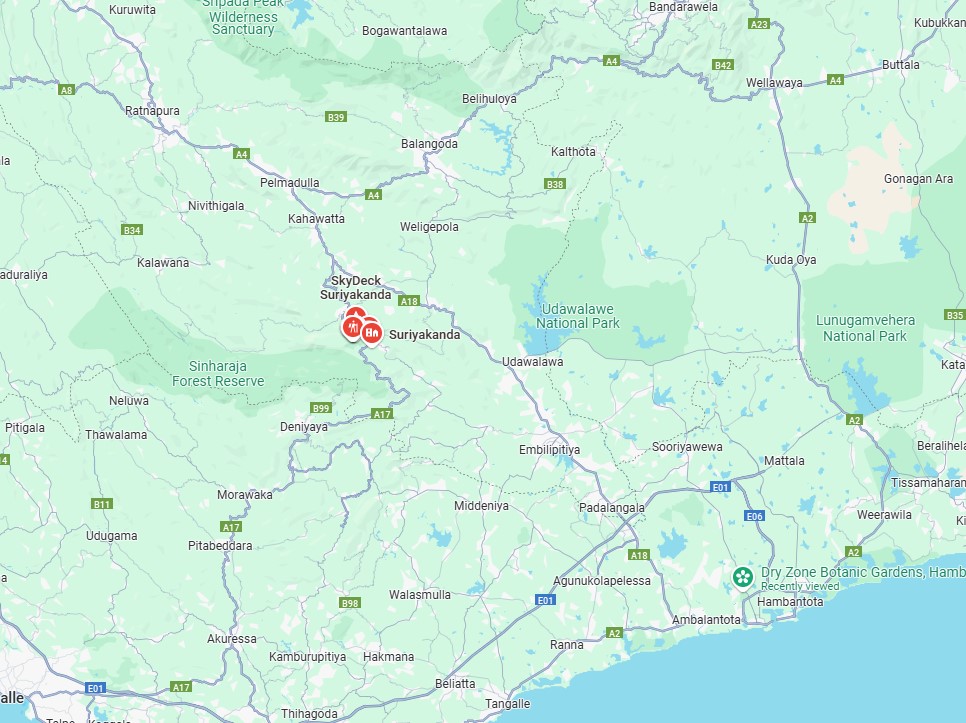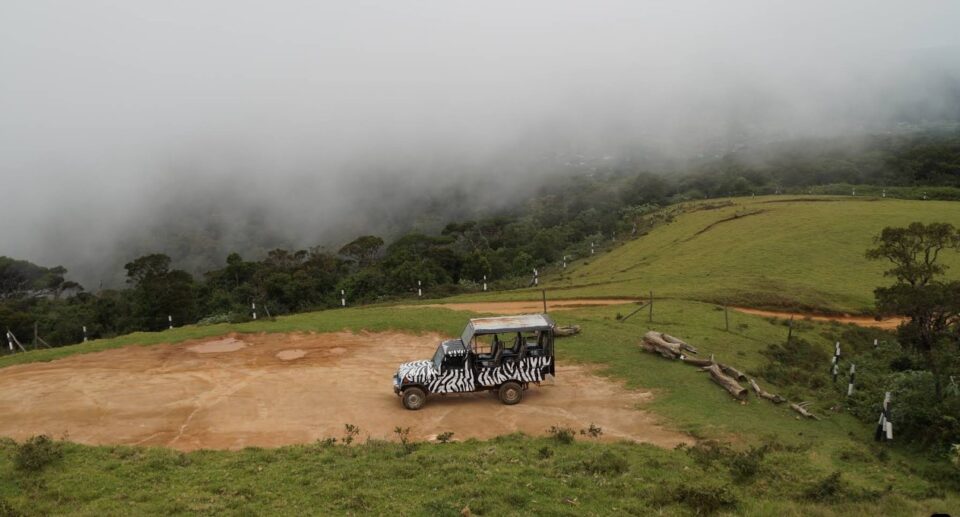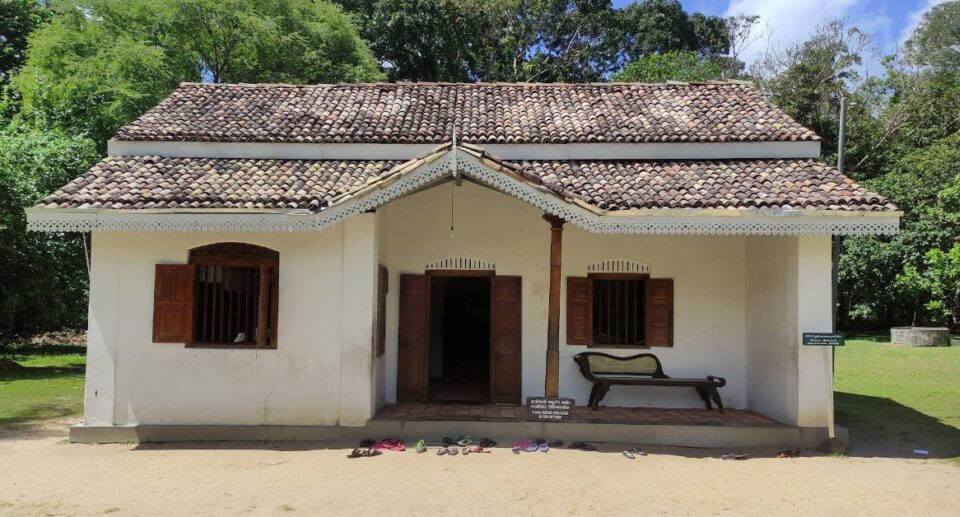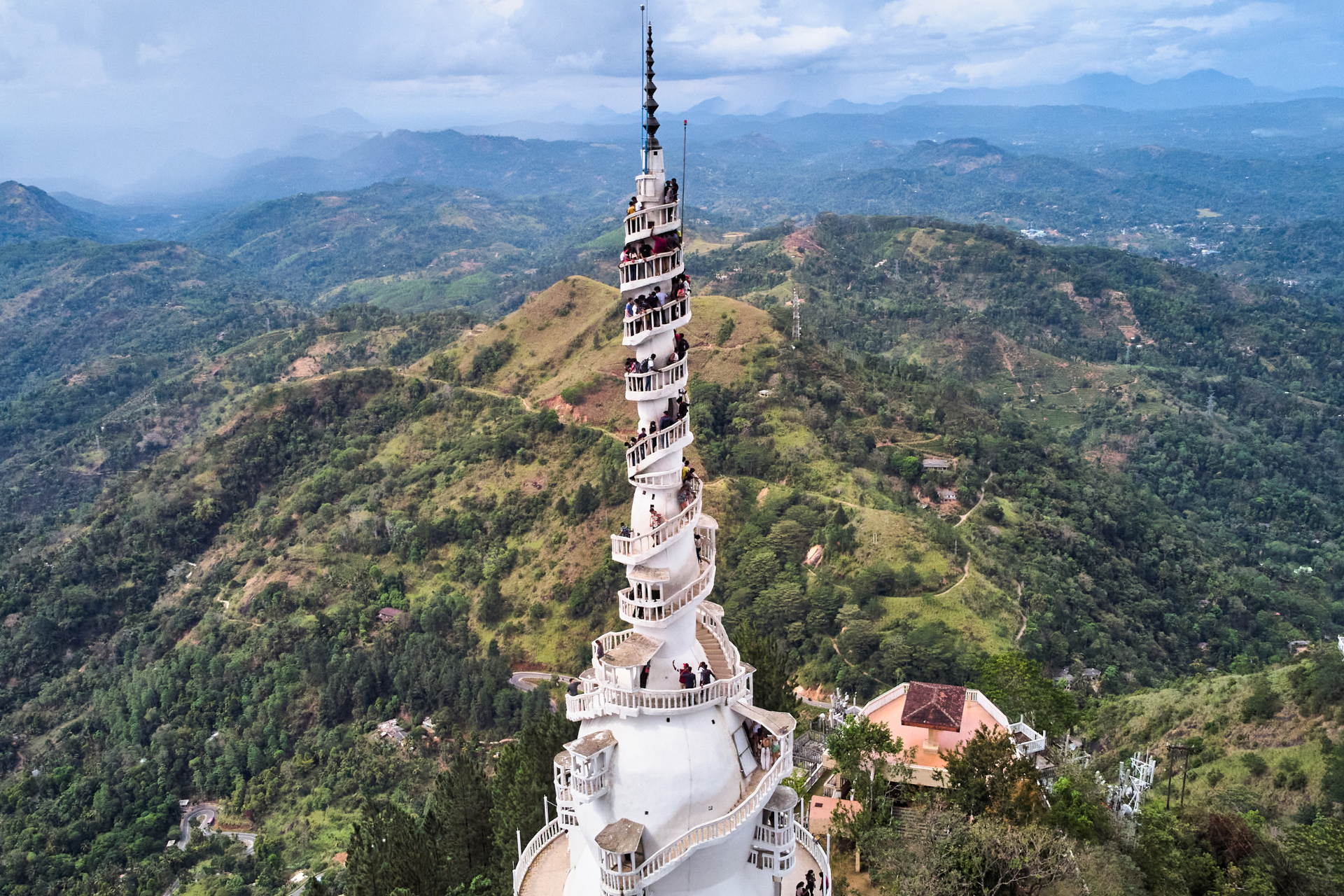Sooriyakanda Sri Lanka: A Place of Tragedy and Reflection
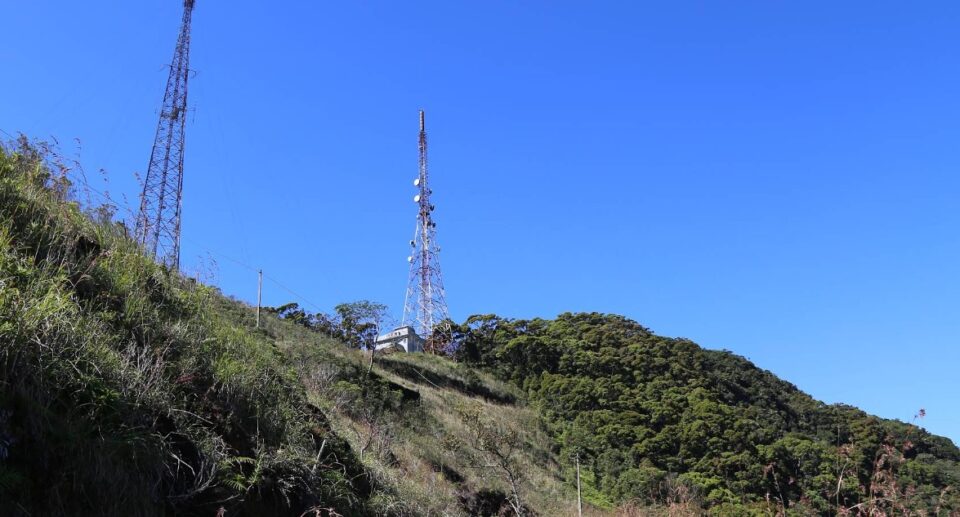
The Sooriyakanda Plain, located in the middle of Sri Lanka’s central highlands, is a fascinating natural landscape that remains unspoiled and untouched by mass tourism. Near Haputale, a town in the Badulla District, this peaceful plain offers a secluded retreat for nature lovers, trekkers, and those who want to see the unspoiled beauty of Sri Lanka’s rural highlands.
The plain is a part of the Sooriyakanda Mountain Range, a region of great biodiversity, scenery, and cultural significance. It is less famous than some of the other tourist hotspots like Nuwara Eliya or Horton Plains National Park, yet Sooriyakanda Plain is a rising star among travelers who prefer a more serene and isolated retreat into the wild.
Geographical Features and Accessibility
The Sooriyakanda Plain is situated at a height of approximately 1,800 meters (5,906 feet) above sea level. The region is blanketed with undulating grasslands interspersed with dense cloud forest patches. The cold climate and misty atmosphere offer the ideal location for individuals seeking refuge from the searing heat found at lower elevations.
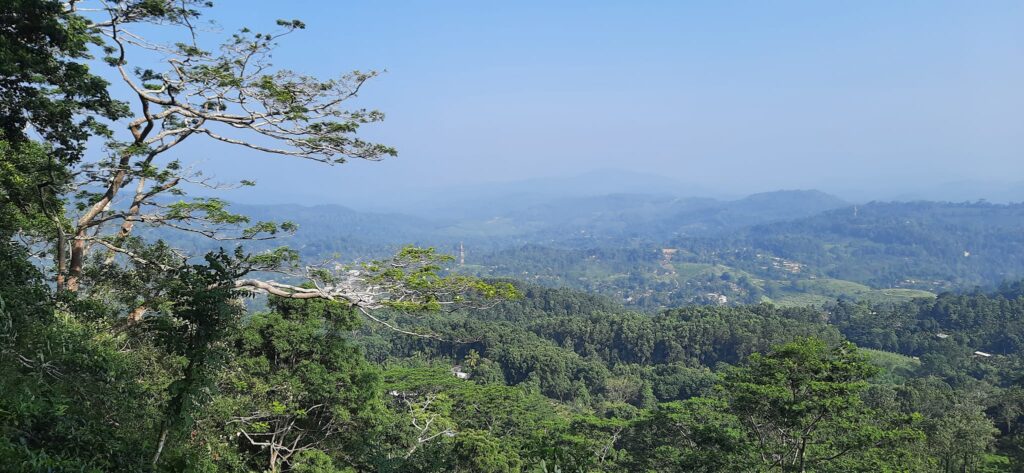
The plain is surrounded by several notable peaks, including Sooriyakanda and Pahiyangala, which offer panoramic views of the surrounding area. One can enjoy stunning views of the central highlands, with tea estates, waterfalls, and mountain ranges in the far distance on the horizon. On a clear day, one can even view the Southern Plains right up to the southern coast of Sri Lanka.
Biodiversity of Sooriyakanda Plain
The Sooriyakanda Plain is part of Sri Lanka’s montane ecosystem that supports a vast array of flora and fauna. The area has several endemic plant species that include high-altitude grasses, ferns, and wild flowers. The cool, temperate climate of the area facilitates the formation of an ecosystem that thrives in relatively untouched environments, hence a haven for biodiversity.
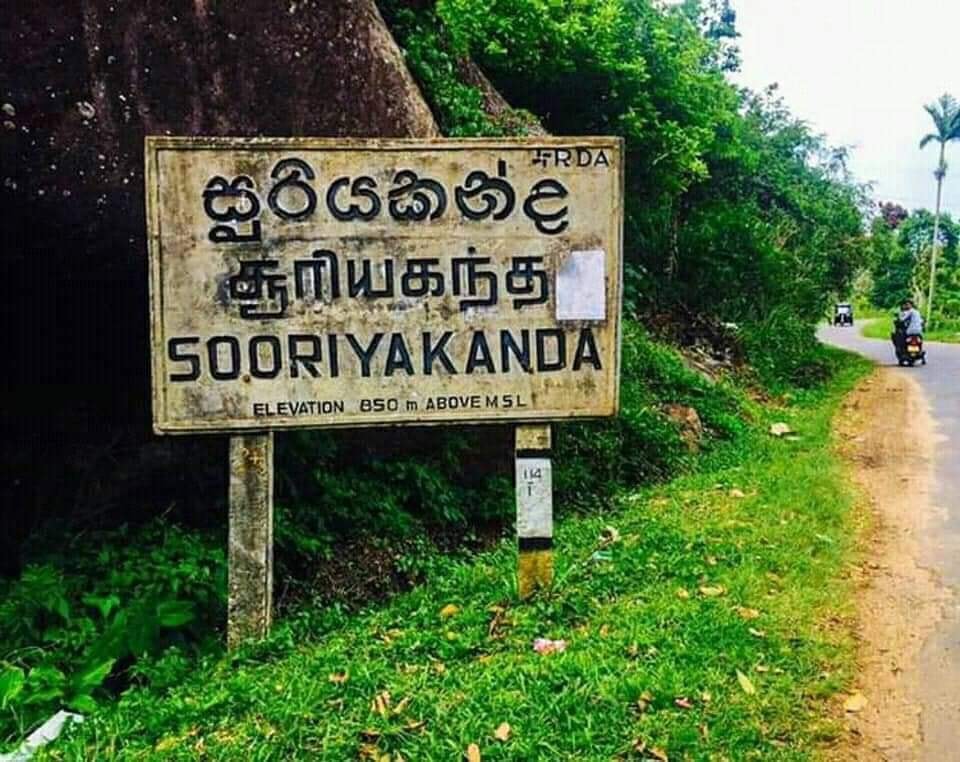
The plain is also home to a number of wildlife species. Some of the more notable ones are various species of birds, including endemics such as the Sri Lanka White-eye, Sri Lanka Bush Warbler, and the Sri Lanka Blue Magpie. The area is a paradise for bird watchers, especially during the dry season when migratory birds visit the area.
While large mammals such as elephants and leopards are not characteristic of the plain itself, the surrounding forests are home to some other animals such as wild boars, sambar deer, and other small mammals. Reptiles and amphibians such as the Sri Lanka Tree Frog and other lizards are also part of the plain’s biodiversity.
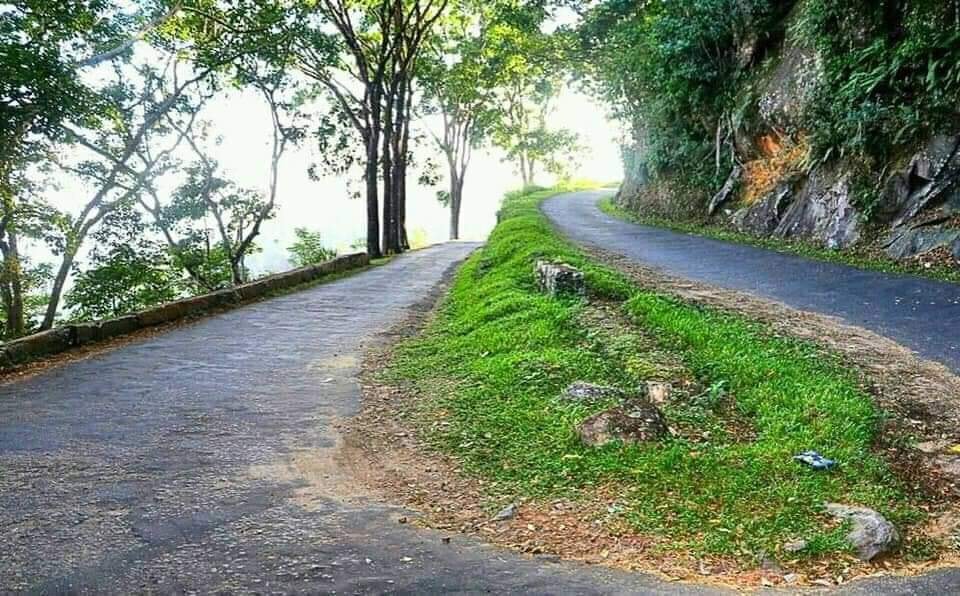
Trekking and Exploring Sooriyakanda Plain
For the adventure lovers, trekking around the Sooriyakanda Plain is an unforgettable experience. There are several trekking trails for visitors, from simple walks to more challenging treks. One of the most rewarding treks in the area is the ascent of Sooriyakanda Peak, which offers panoramic views of the surrounding mountains, valleys, and plains.
The trail to Sooriyakanda Peak winds through dense forest and grasslands, allowing trekkers a chance to see Sri Lanka’s wildlife and vegetation. The summit of Sooriyakanda offers panoramic views extending out over the central highlands, with the Haputale Gap, Mount Hakgala, and the Kothmale Valley visible on a clear day. The trek to the summit can take anywhere from 2-4 hours, based on the route taken and the pace of the trekker.
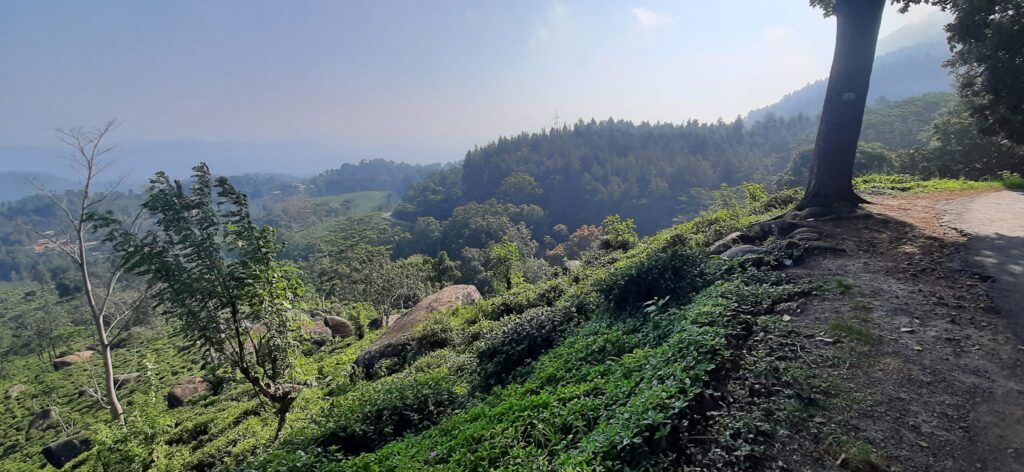
A close second in importance is the Haputale Railway Station, located near the plain. Tourists can take a scenic train from Colombo to Haputale, making its way through tea estates, valleys, and breathtaking scenery. The journey provides another way of taking in the beauty of the central highlands before embarking on a trek or hike.
Cultural Significance
Besides natural beauty, the Sooriyakanda Plain and the area around it hold cultural and historical value to the natives. The region is home to several native people, who have occupied the site for centuries, relying on the area for survival and livelihood. The Sri Lankan Tamils and Sinhalese people that inhabit the area are mostly involved in tea cultivation and agriculture, which have shaped the local economy and culture.
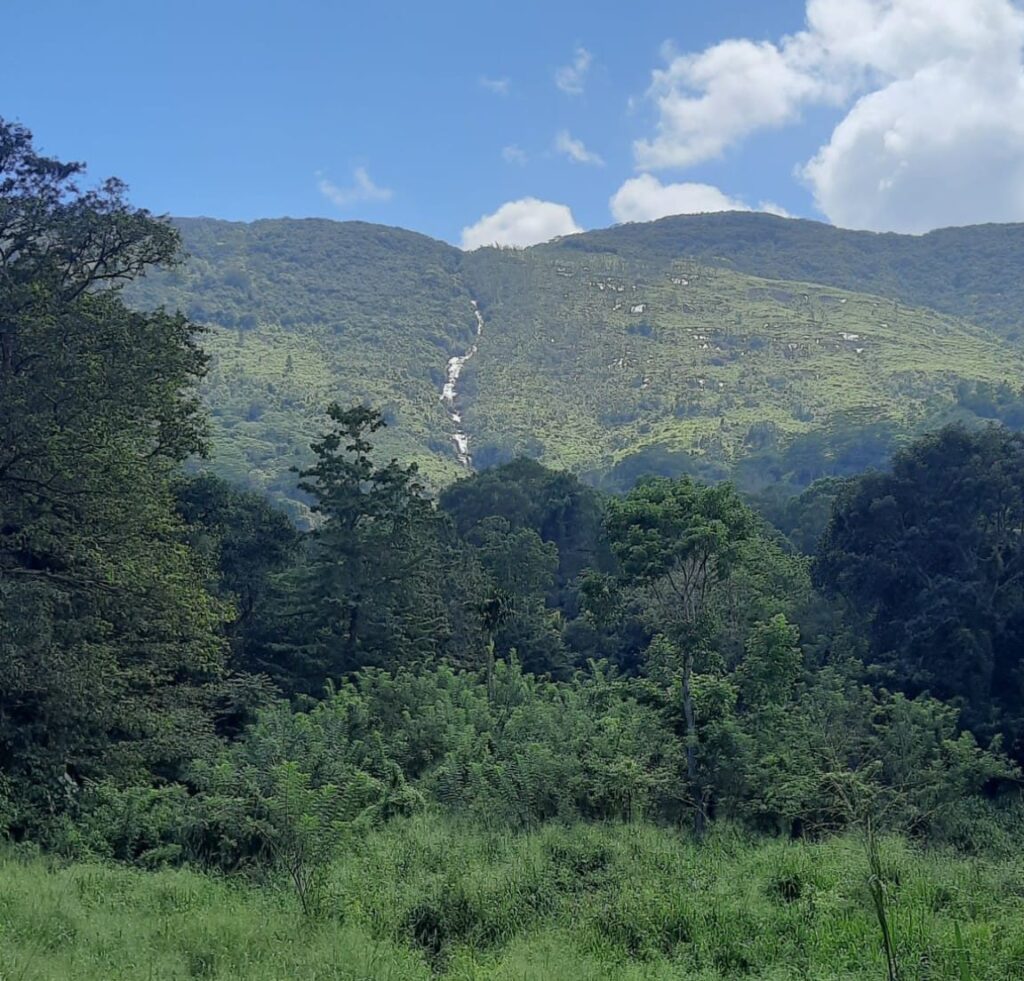
The plain is also home to several Buddhist temples and shrines, a testament to the deep spiritual significance of the region. The majority of trekkers and tourists ensure a visit to these temples, where they discover the rich Buddhist heritage of the region and participate in meditation or other spiritual practices. The Sooriyakanda temple is particularly popular with locals and pilgrims who come to offer prayers and seek blessings.
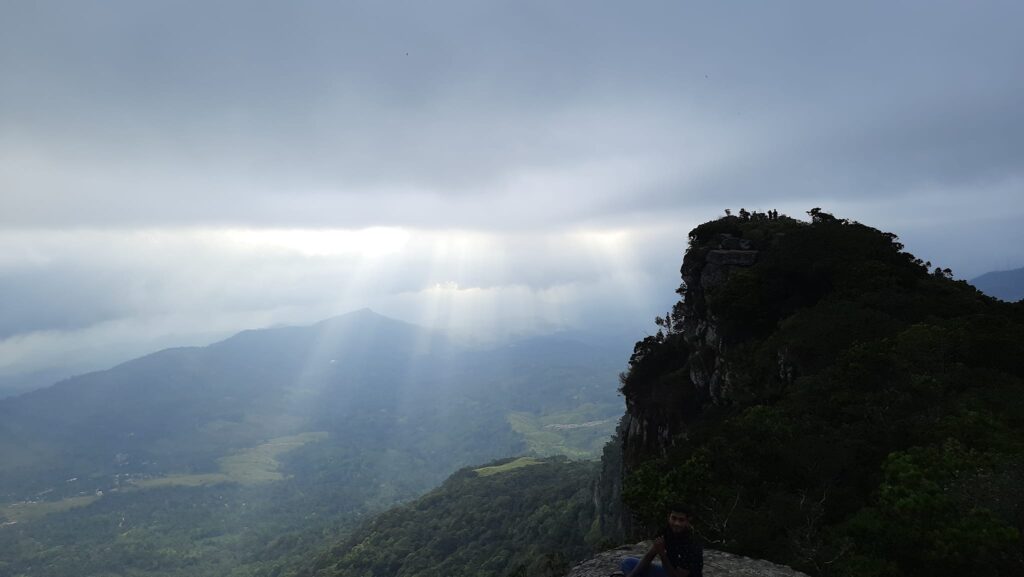
Additionally, the region has an experience of colonial invasion, that of the British, during colonial periods. Tea estates were introduced to the region as one of the primary economic changes the region underwent during the British period. Visitors to Sooriyakanda can still find remnants of this colonial history in the ancient plantation bungalows, tea estates, and railway stations.
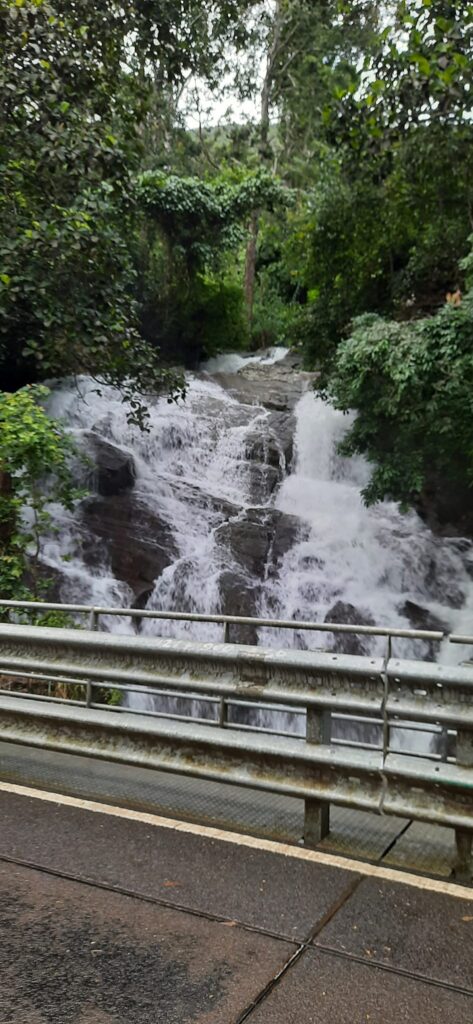
Tourism and Activities in Sooriyakanda
While the Sooriyakanda Plain is less developed than some of Sri Lanka’s more visited tourist destinations, there is plenty to do in the region. Along with trekking and nature walks, visitors can enjoy the following:
Birdwatching: Because of its rich avifauna, the region is a paradise for bird watchers. Guests can employ specially trained guides to help spot endemic species and other interesting birds.
Photography: Panoramic views, lush forests, and misty mountains provide excellent opportunities for photographers, particularly those interested in landscape and nature photography.
Tea Estate Tours: Sooriyakanda area has several tea estates, where it is possible to visit the estates, witness tea production, and enjoy a cup of freshly brewed tea in the surroundings.
Local Cuisine: Visitors can enjoy traditional Sri Lankan dishes made from fresh, locally sourced ingredients. Food stalls and small family eateries offer a variety of Sri Lankan staples like rice and curry, hoppers, and string hoppers.
Best Time to Visit Sooriyakanda
The best time to visit the Sooriyakanda Plain is between November and April when the weather is dry and sunny, offering the ideal conditions for hiking and landscape. The weather in the highlands is cool and pleasant during this time, and daytime temperatures typically range from 15°C to 22°C (59°F to 72°F). The region experiences mist and rainfall from May to October, which is the monsoon season, and this may interfere with traveling plans.
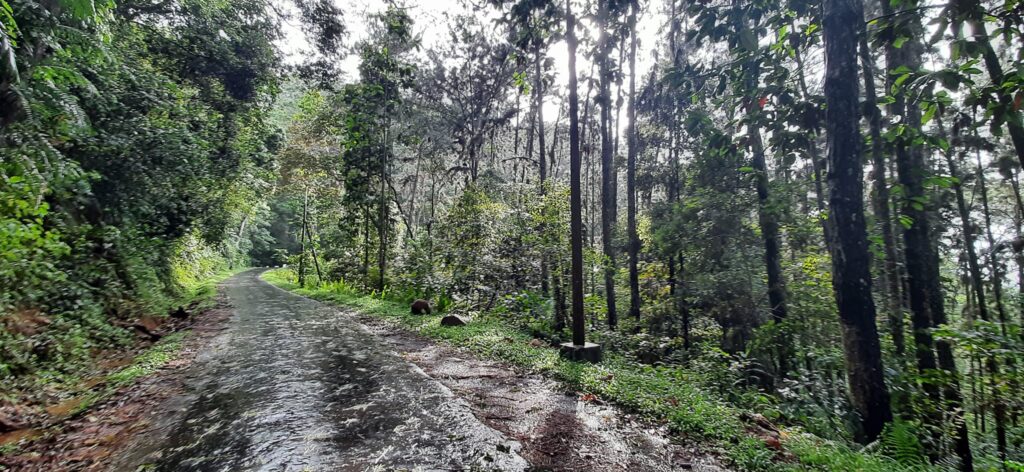
Sooriyakanda Plain is a hidden gem in Sri Lanka’s central highlands, blending spectacular natural beauty, rich biodiversity, and cultural significance. Sooriyakanda offers a unique opportunity to experience the unspoiled beauty of Sri Lanka’s rural highlands, whether you are a hiker, nature lover, or relaxation seeker. The region’s pristine state, along with the friendly towns, makes it a must-visit destination for tourists seeking a more concentrated taste of Sri Lanka’s natural and cultural heritage.
How To Go
In-Depth Transportation Modes:
Bus: You can take a bus from Colombo Bastian Mawatha Bus Terminal to Deniyaya or Rakwana. From there, you will need to take a taxi or local bus to Sooriyakanda.
Private Car/Taxi:
You can use a private car or ride-sharing service like PickMe or Uber to travel directly from Colombo to Sooriyakanda.
Taxi: Taxi services like Max Tours or Smart Taxi & Tours can also be booked to drive you to Sooriyakanda.
Mix of Transport:
Alternatively, you can take a mix of public transportation and taxis in order to reach your destination, according to Watching Lanka.
Road Conditions:
Note that the road to Sooriyakanda is not straightforward, especially towards the latter part, so take note of the type of vehicle you use.
Map of Sooriyakanda Sri Lanka
